Getting started with baby massage
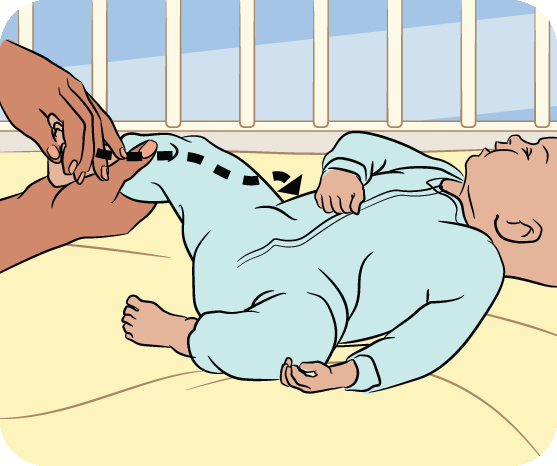
Massage can be soothing for babies. Make sure the room is warm, your baby is quiet, well-rested and alert, and you’re relaxed. Try massage after a nap, when your baby is being changed or in the cot, or after a bath. You can do massage for 10-30 minutes.
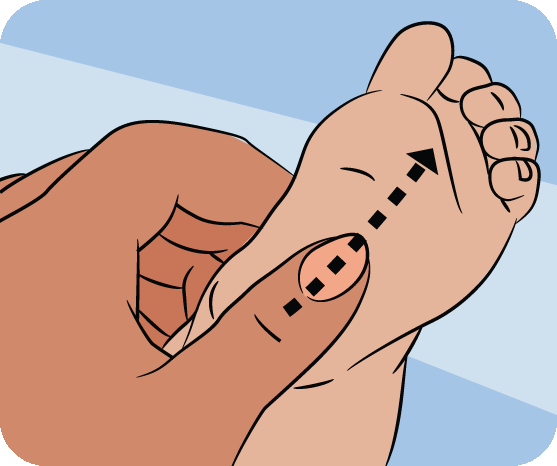
Smooth a few drops of baby massage oil or sorbolene cream into your warm hands and massage the soles of baby’s feet. Use firm, gentle, slow strokes from heel to toe. Always keep one hand on baby. If you see signs of allergic reaction to the oil, wipe it off and see your GP.
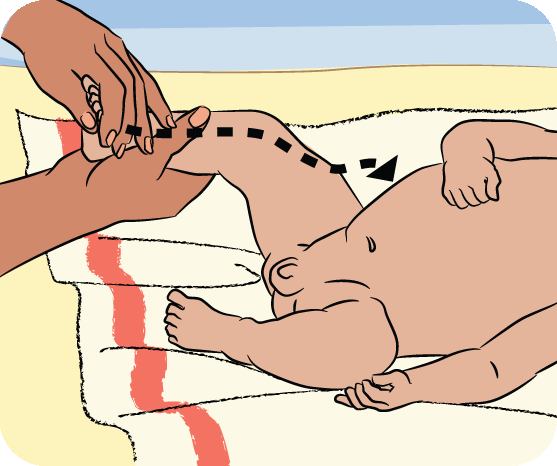
Do long smooth strokes up baby’s leg. Massage from ankle up to thigh and over hip. Massage both legs at once or one at a time. Avoid the genital area. Hold baby’s leg under the knee and gently press it towards the tummy to help release wind.
Upper body massage for babies
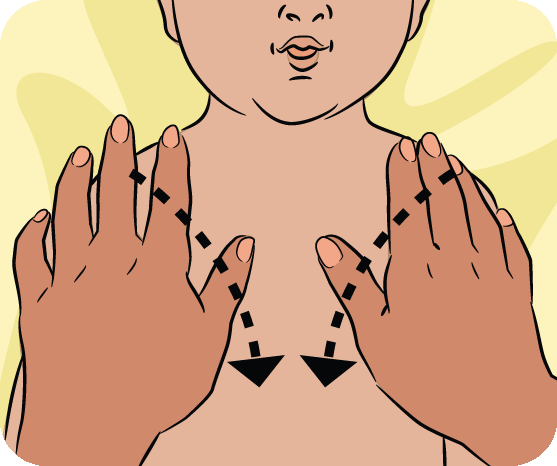
Start upper body massage with your hands on baby’s shoulders. Make gentle strokes in towards the chest.
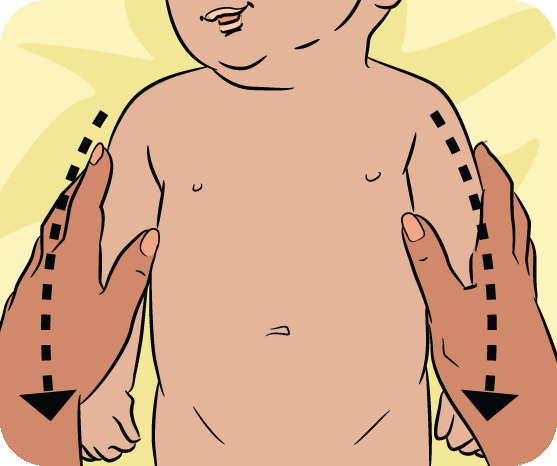
Massage baby’s arms by stroking from shoulders down towards wrists. Try not to get oil on baby’s hands. If you do, wipe baby’s fingers clean before baby sucks them.
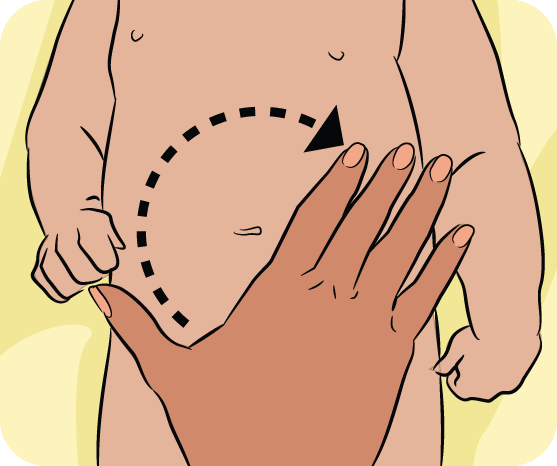
If baby’s tummy feels soft, massage it with circular, clockwise strokes. If baby gets unsettled, go on to the next step. Avoid the belly button area if baby’s cord hasn’t healed. Don’t put pressure on the area between baby’s nipples and tummy.
Face and back massage for babies
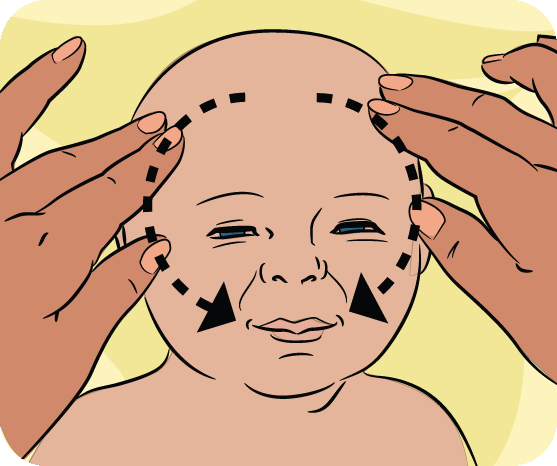
Use your finger pads to massage baby’s face. Stroke from the middle of baby’s forehead, down the outside of their face and in towards their cheeks. Massage the scalp in small circles.
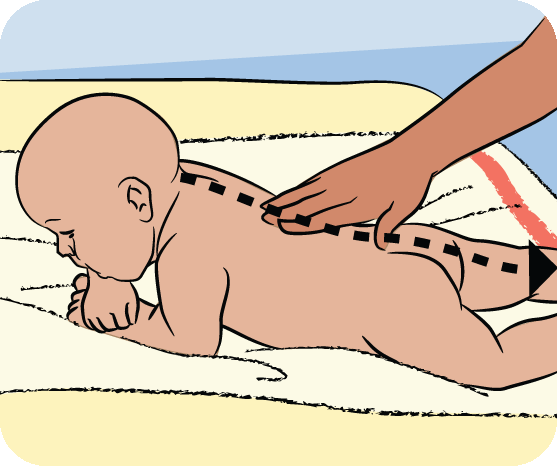
If baby is still relaxed when you’ve finished massaging the front of their body, you can turn baby onto their tummy and use long, smooth strokes from head to toe.
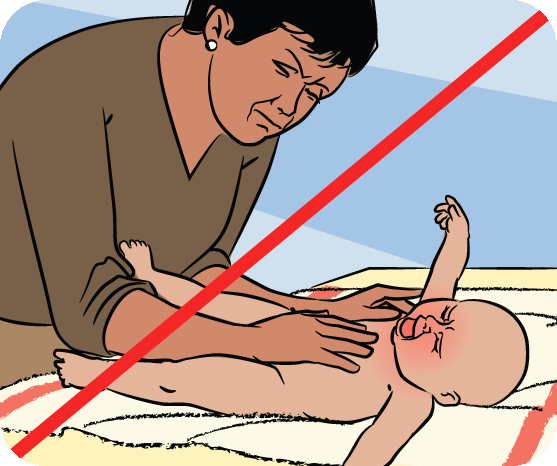
Use a soothing touch. Stop the massage if your baby seems uncomfortable. Avoid massage if you’re very tense, or if your baby is upset. Make sure your fingernails are short.